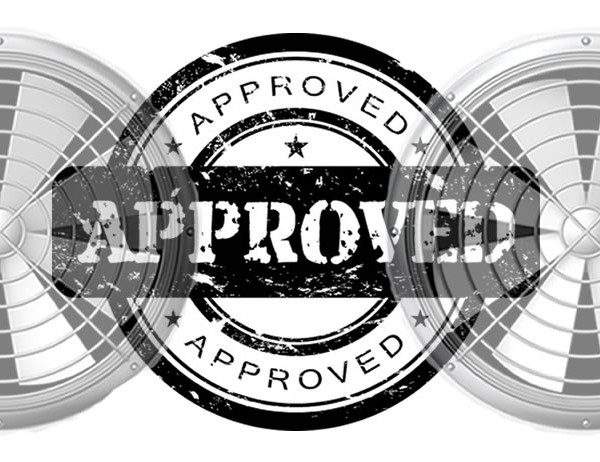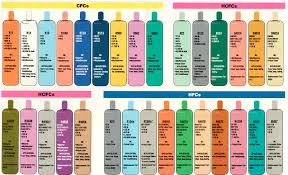AHRI unhappy with DOE proposals
USA – The Air-Conditioning, Heating, and Refrigeration Institute (AHRI) has made clear its displeasure with the U.S. Department of Energy’s (DOE) notice of proposed rulemaking (NOPR) on Energy Conservation Standards for Residential Furnaces, 80 Fed. Reg. 13,120 (Mar. 12, 2015).
“Since the passage of the National Appliance Energy Conservation Act of 1987, our furnace manufacturer members have worked continuously to include models at the highest levels of efficiency as part of expanded product lines that provide cost effective choices to meet the diverse heating needs of American consumers,” declared AHRI President & CEO Stephen Yurek.
The AHRI claim that the proposed changes would in fact result in 40% less energy being saved than the DOE gas claimed and that the changes would prove to be harmful to both manufacturers and customers.
“Even though the federal minimum efficiency standard for residential furnaces has been essentially unchanged since 1992, today one out of every two residential furnaces shipped by our members is a condensing model utilizing the most efficient technology currently available. It is apparent that consumers are making energy efficient choices, based on their own economic situations, rather than responding to a federal mandate,” Yurek added.
The AHRI has stated that it cannot, in good faith, support the proposed revised minimum 92 percent AFUE standard for non-weatherized and mobile home gas furnaces for a number of reasons. AHRI carried out a review of the proposals and identified a number of points of concern, citing the DOE’s decision to use randomly assigned variables rather than actual market conditions to determine potential energy savings, which they believe will result in 40 percent less energy saved.
The AHRI further claimed that the DOE had underestimated projected shipments of condensing furnaces in the absence of a new standard by 10 percent, while simultaneously overestimating the percentage of the population that would be positively affected by the proposed new standard.
Other points of discord for the AHRI were that the DOE’s estimate of the life-cycle costs to consumers for purchase and installation of these products is 2-3 times lower than those actual costs and that the DOE’s estimate of the increase in manufacturer costs to comply with the proposed rule is too low by approximately 35 percent.
“We are perplexed and disappointed that DOE has chosen to ignore real-world market realities and impacts, particularly on small businesses and lower income consumers, rather than relying on sound economic analysis to develop this rule,” complained Yurek.
The AHRI concluded their list of concerns by stating that “In 15-20 percent of situations nationally, there will be installation issues that make it impractical and even impossible to install units that comply with the proposed standard.”















